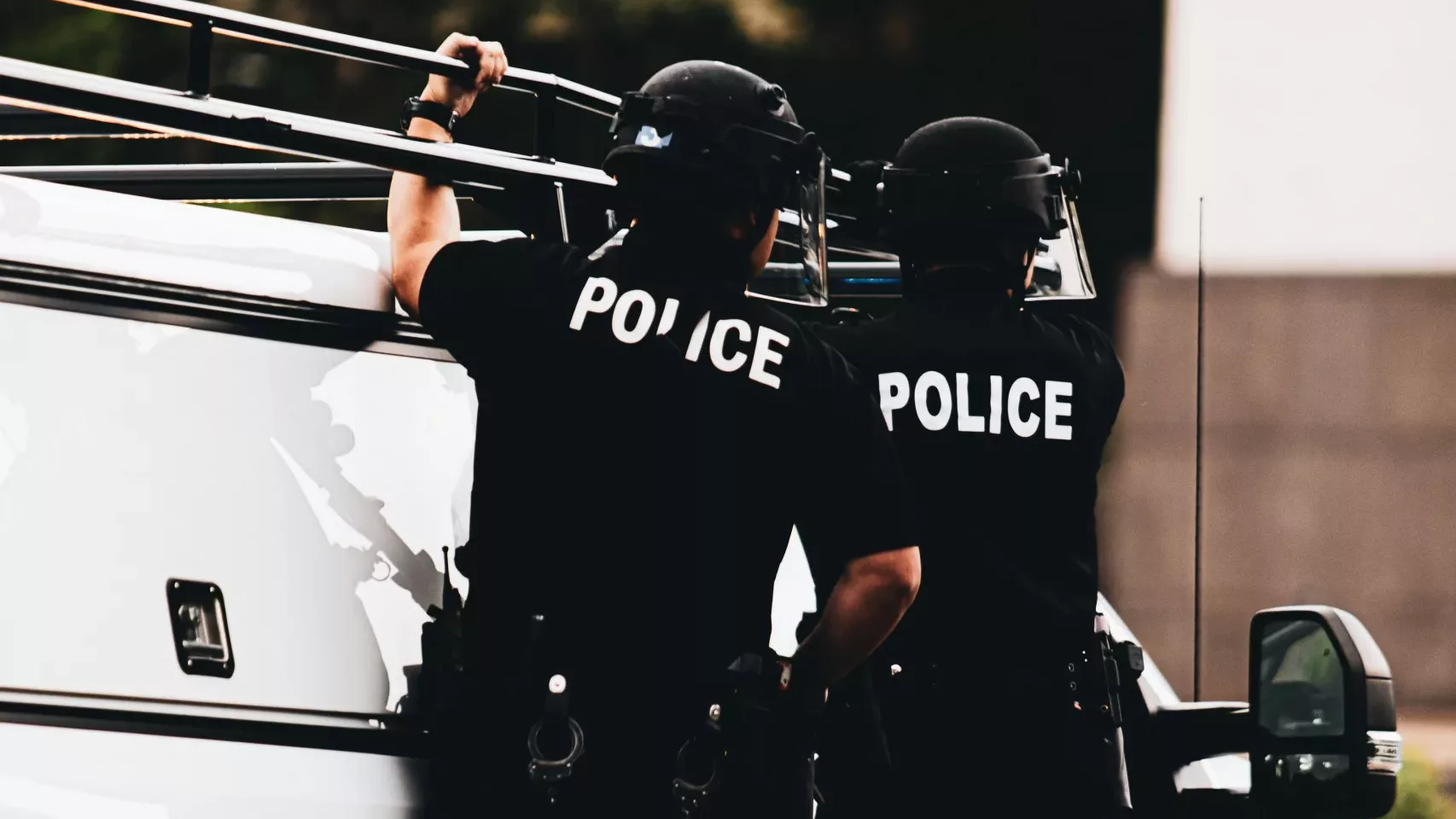
How Fit Do I Need to Be for a Career in Policing? Part 1
It’s widely recognized that being fit is important to the job of policing, and greater fitness can improve performance and safety on the job. When determining “How fit do I need to be to become a police officer?” there are two objectives you should be considering: first and foremost, the applicant assessment known as the Alberta – Physical Readiness Evaluation for Policing (A-PREP), and second, the increased level of fitness needed to get through recruit training class with ease.
Fitness alone does not distinguish who is going to make a good police officer from who isn’t, so the A-PREP used by the province is designed to show the minimum ability required to proceed in the hiring process. This minimum standard helps determine who can make it safely and successfully through the physically demanding recruit training program— and, eventually, onto the job. Gone are the days when a certain number of push ups and pull ups were used used to determine your suitability for the complex work of policing. The current test helps the service avoid turning away applicants that bring many other good qualities to the service simply because their fitness level is not (yet) elite.
So, what does the A-PREP look like? Don’t let the term “minimum standard” fool you —, you still have to train for this test. You can watch an overview of the requirements here, but basically, the A-PREP requires you to demonstrate your strength, agility, and anaerobic capacity during a Pursuit Restraint Circuit (PRC), and then, after a ten-minute recovery, complete an assessment of your aerobic fitness.
The PRC requires you to:
- Run 100 metres while navigating obstacles including four flights of stairs and two 1.52 metre (5 ft.) fences.
- Complete two rounds of a simulated altercation on the body control simulator. This involves pushing and pulling a 34kg load, finishing each round with an arm restraint simulator by squeezing 14.5kg grips and pulling the handles together.
- Drag a 68kg passive resistor (dummy) 15 metres, after completing the 100 metre run and simulated altercations.
The aerobic fitness assessment measures your ability to reach level seven on the Leger 20-metre Shuttle Run (AKA the “beep test”). In this test, you run back and forth between two marked lines at an incrementally faster pace, following the cadence and beeps of a recording. There are many versions of the “beep test” but the version used in Alberta is the same as this one.
Are you good to go?
Once you pass the A-PREP, your fitness journey has just begun. Like I said before, the A-PREP ensures you have the minimum abilities you need to be prepared for class. When you arrive in recruit training, you’re going to be put to the test repeatedly and required to train consistently to ensure you are in the best physical condition you can be before you hit the street. In class, you will be completing strength training 3x a week and conditioning workouts 3x a week, making fitness a part of your daily routine. In addition to your structured training, you will have many more physical demands placed on your body as you complete scenario training, tactics and self defence training, firearms training, and much more.
Having a high level of fitness when you start class will enable you to get through class with much less soreness and a lot more enjoyment—and, most importantly, reduce your risk of injury throughout class. If you are new to training, I recommend seeking the guidance of a qualified exercise professional, like a Certified Strength & Conditioning Specialist at Connect, to get you moving in the right direction. Regardless of whether or not you’re already working with a coach, stay tuned—we’re going to get into an example of a detailed training regimen in the next post.
Jeremy Potter
BKin, CSCS, CEP
Physical Training Instructor at Edmonton Police Service

